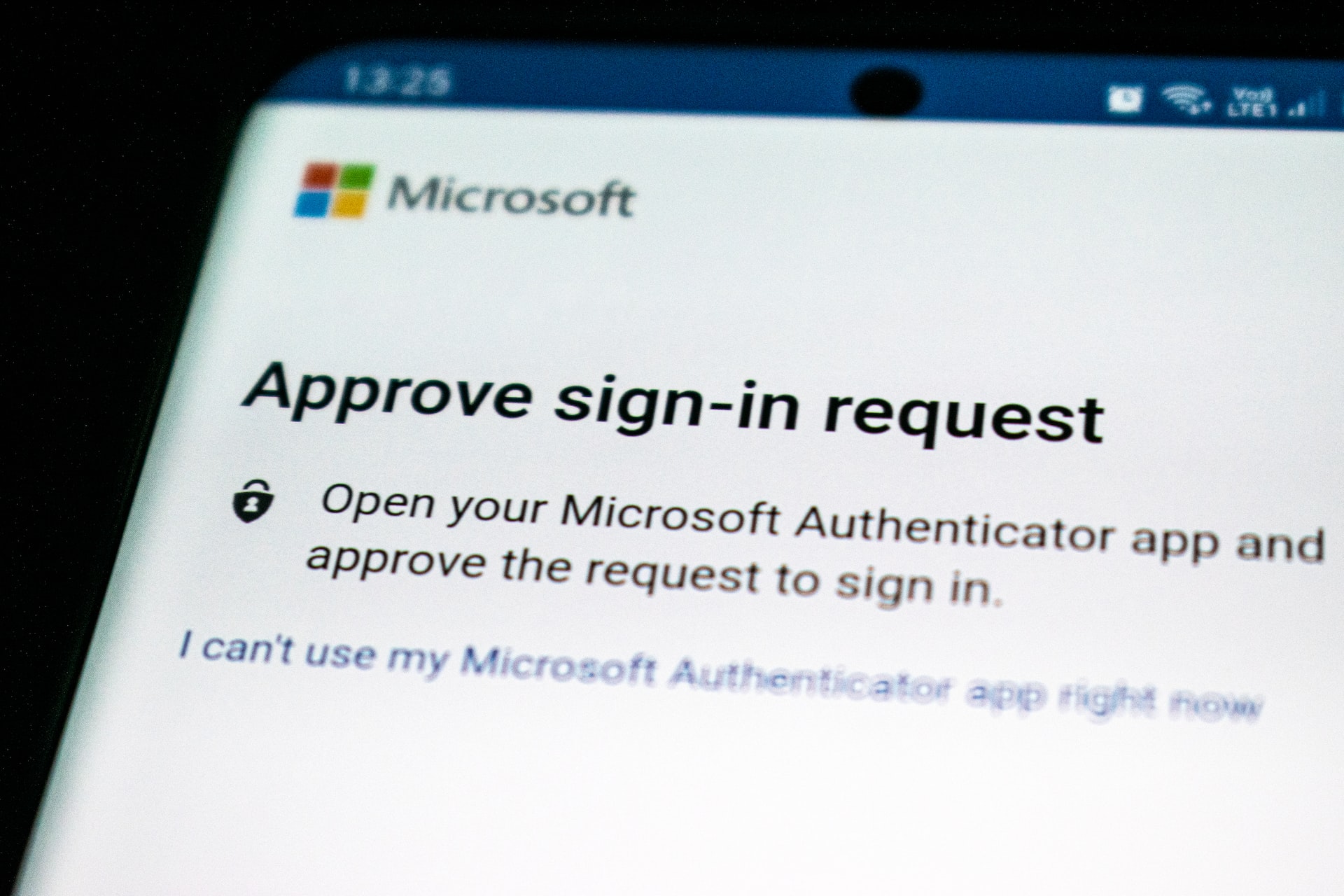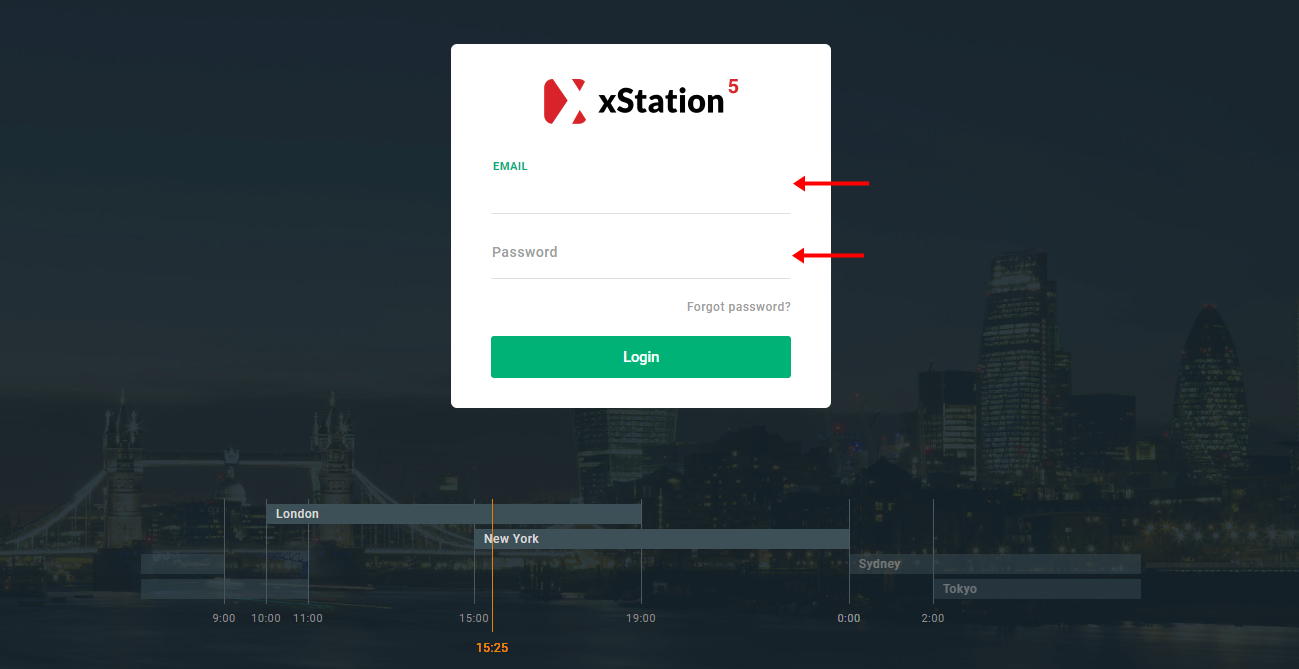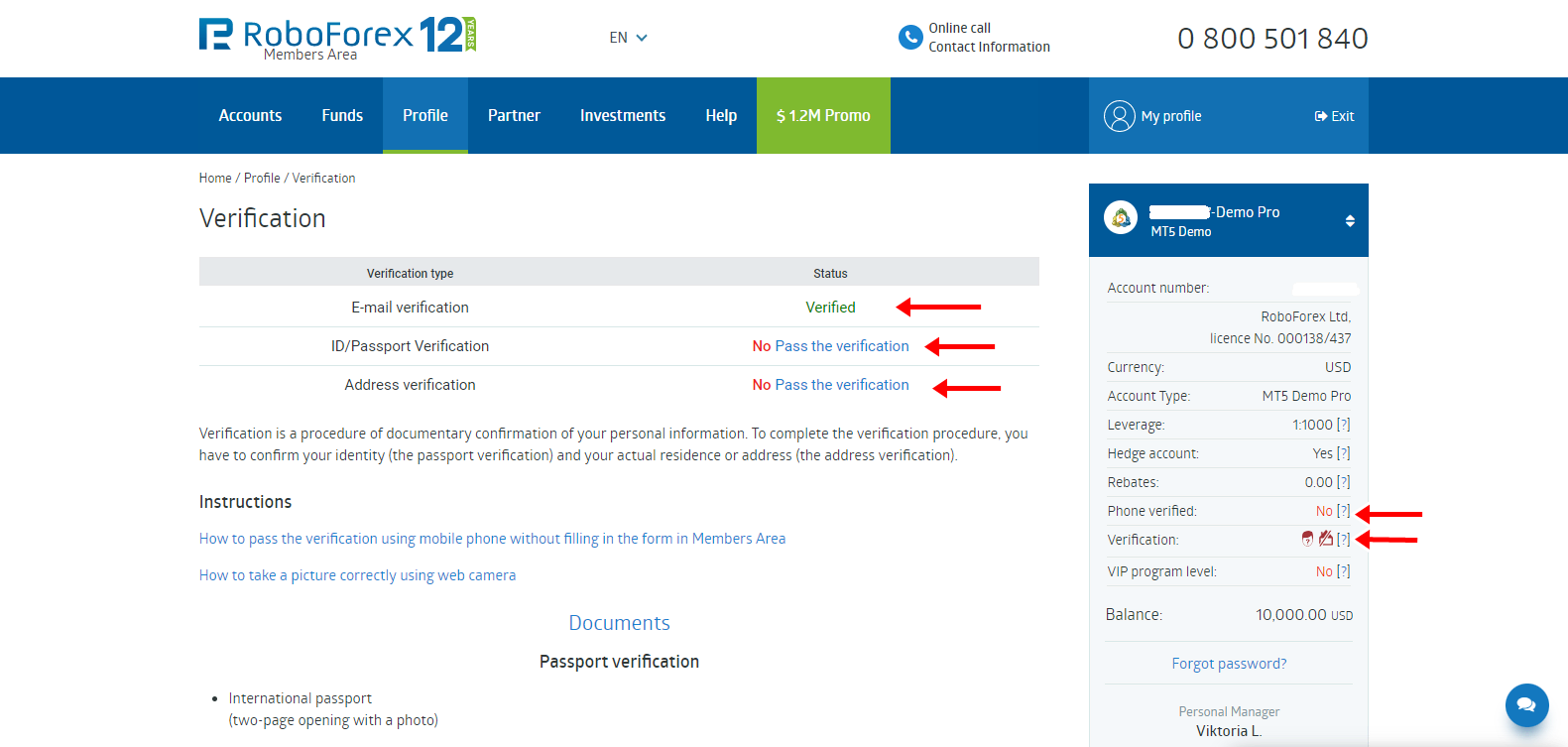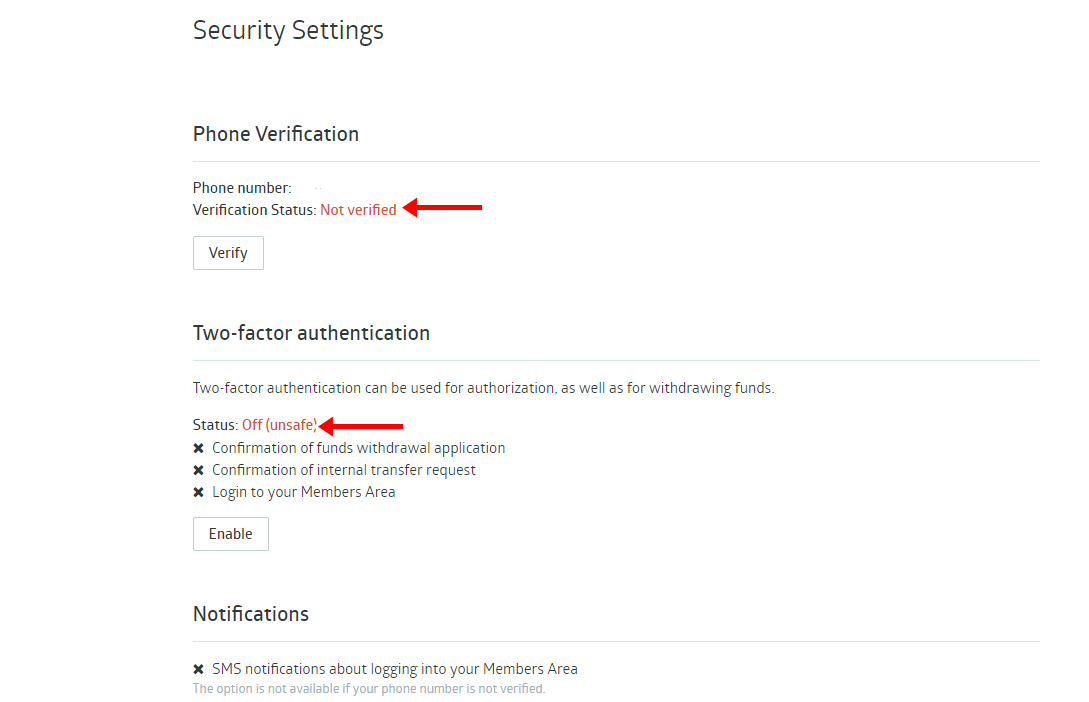Why should you use 2FA in your trading account?
Thousands of people wish to open a trading account because the share market has reached its boom phase. That means they have the opportunity to earn huge profits.
But many individuals still shy away from the trading market, mainly because of the risk involved with trading. If you are also worried about security, you should start using 2FA for trading accounts.
Table of Contents
What is 2FA (2-factor authentication)?

2-FA or 2-factor authentication is a security system that requires you to go through two authentication levels before logging into your account.
It can include knowledge factors, like PIN or password; biometrics, like face ID, pattern, or fingerprint; and possession factors, like OTP and security token.
The reason experienced traders use 2FA is that it offers an extra layer of security for accessing the trading account. Under 2FA, traders must enter their username and password along with the unique verification code sent to them via email, call, or SMS.
Compared to other security measures, 2FA offers better protection, which decreases the chance of scams. Two-level authentication aims to decrease cybercrime by protecting your account from being accessed by someone else.
After activating the 2FA, you need to complete the double authentication each time you wish to enter your trading account.
Trade more than 3,000+ markets from 0.0 pips spread without commissions and professional platforms:
(Risk warning: 75% of retail CFD accounts lose money)
Reasons to use 2FA in the trading account
Are you still not sure whether using 2FA is a smart decision? Read on these reasons to understand how the double security level can protect your account.
- Second layer of security
- Variation
- Cost-effective
- Challenging to hack or steal
- Scalable and high secure
- Special considerations
It adds a second layer of security

Every trading platform offers the best security service to ensure their traders’ information is not stolen. However, it’s always advised to get a little more careful.
The strong password that you use will surely keep your trading account protected. But with a second layer of security, you can decrease the cyber threats to none.
Passwords offer only a single security layer, which sometimes is not enough to stop hackers from stealing sensitive data. In case hackers discover your password, your security is compromised.
You should use combination letters, special characters, and alphabets to create a strong password for your trading account. With that, you can add another layer of protection via 2FA.
Adds variation

You can experience 100% improvement in the security level only when you use a second password in the same manner. In 2FA, authentication systems are combined, which increases the security level to a greater extent.
When using mobile devices for sending security keys, you can use fingerprint technology, face scanning, or voice activation to keep your phone safe. This way, you can greatly enhance your security as a part of 2FA.
It can be cost-effective
The cost-effective nature of 2FA has made it so popular among online trading brokers. However, if you use an expensive technology as the second layer of protection, the price will shoot up.
Always look for advanced features that can increase the security of your trading account without increasing the overall cost.
Trade more than 3,000+ markets from 0.0 pips spread without commissions and professional platforms:
(Risk warning: 75% of retail CFD accounts lose money)
Challenging to hack or steal
No matter how strong your password is, hackers can steal it using robust software. But when you add a second layer of security to your trading account, the security gets difficult to hack.
People with malicious intent would need an advanced replication tool and a distinctive set of biometric data, which is a lot of work.
Password hacking can be applied to a large group of people through the internet. But biometric hacking needs physical access to the victim, either the device or the biometric factor itself. These many barriers stop hackers from stealing data from trading accounts having 2FA.
Scalable and highly secure

As you gain experience in the trading market, it becomes important to improve your security system. As 2FA solutions easily adapt to new data, it should be your choice.
In fact, many mobile devices come with in-built 2-factor authentication, which offers you better security.
Special considerations
While 2FA is known to improve security, remember that it’s not foolproof. Hackers can still get access to your sensitive data and unauthorized access to your account. Hackers commonly use phishing attacks, malware, and account recovery procedures.
Furthermore, hackers can intercept text messages used in 2FA. That’s because text messages are not something users already have on their phones. Instead, it’s sent to them.
But compared to single-level protection from passwords, 2FA is considered to be more secure. It can stop so many hackers from stealing your data.
Conclusion about 2FA
2-factor authentication is a great way to protect your account from hackers. It offers a second security layer to your trading account, making it difficult to steal sensitive data.
It’s also cost-effective and adds variation to the security. It’s more powerful than even strong passwords.
Trade more than 3,000+ markets from 0.0 pips spread without commissions and professional platforms:
(Risk warning: 75% of retail CFD accounts lose money)
Last Updated on June 1, 2023 by Andre Witzel


